Recently we disassembled and tested the Aqara FP1 Human Presence Sensor, which is a high quality 60GHz mmWave-based device used to continuously detect human presence/motion. Today on our AliExpress Reviews channel, we are going to test a similar device and compare it to the FP1, the Tuya Human Presence Sensor PS-HPS, which is an mmWave radar sensor operating at 24Ghz.
We are going to disassemble it, integrate it in Home Assistant and see how capable it is for continuous motion detection.
The Tuya PS-HPS Human Presence Sensor can be bought for ~$25 on AliExpress or Amazon. (Jump to other stores)
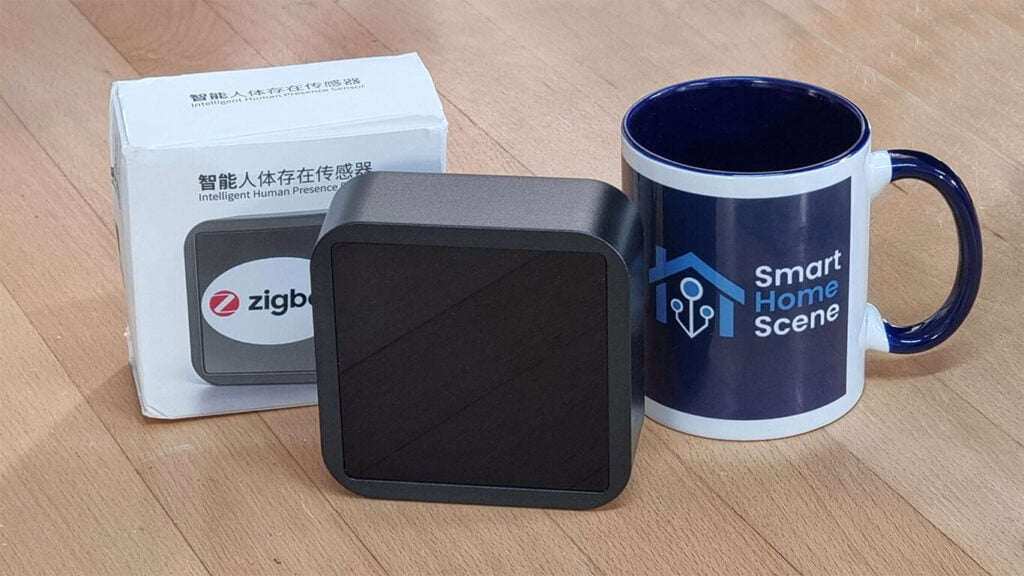
Technical Specification
- Product Size: 100*100*35mm
- Signal: 24GHz Millimeter Wave Radar
- Communication Protocol: ZigBee/ Wi-Fi
- Power Input: 5V1A
- Color: Black
- Installation Method: Flat / Ceiling Mounted
- Detection Range: 3m
- Detection Angle: 90°
What’s Inside?
The Tuya PS-HPS Presence Sensor comes packaged in a cheap cardboard box, containing the sensor, a manual and a USB-A to Micro-USB cable. Even though a power supply of 5V1A is required to power the device, an adapter is not included.
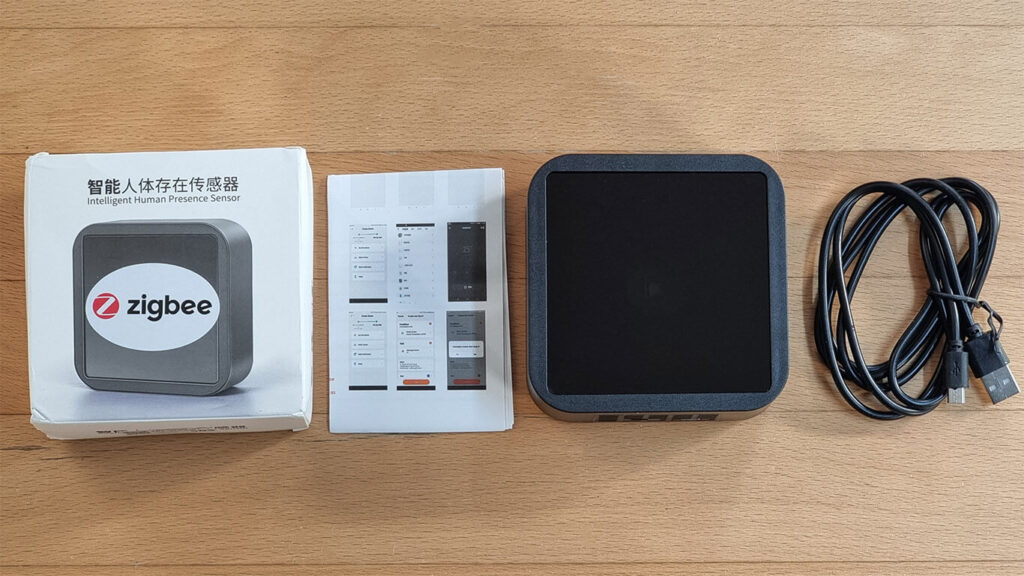
The front panel of the device is made out of black plexiglass. It looks great and mirrors everything in front of it. It is also a dust magnet, every little particle sticks to it. You will have to keep it clean.
On the backside, four screws hold the main shell together. There is a mounting hole in the middle, used to attach the device to a small screw or nail. The pairing button is placed in a corner on the backside as well.
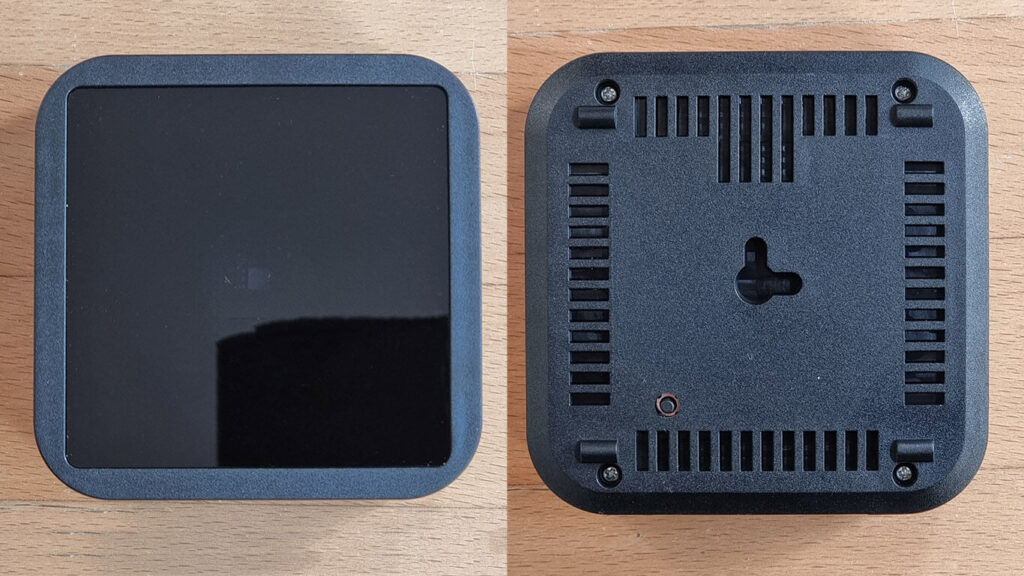
If we remove the backplate, a small round cutout can be seen more clearly in the middle of the plexiglass. The onboard LED lights up through this hole to indicate presence.
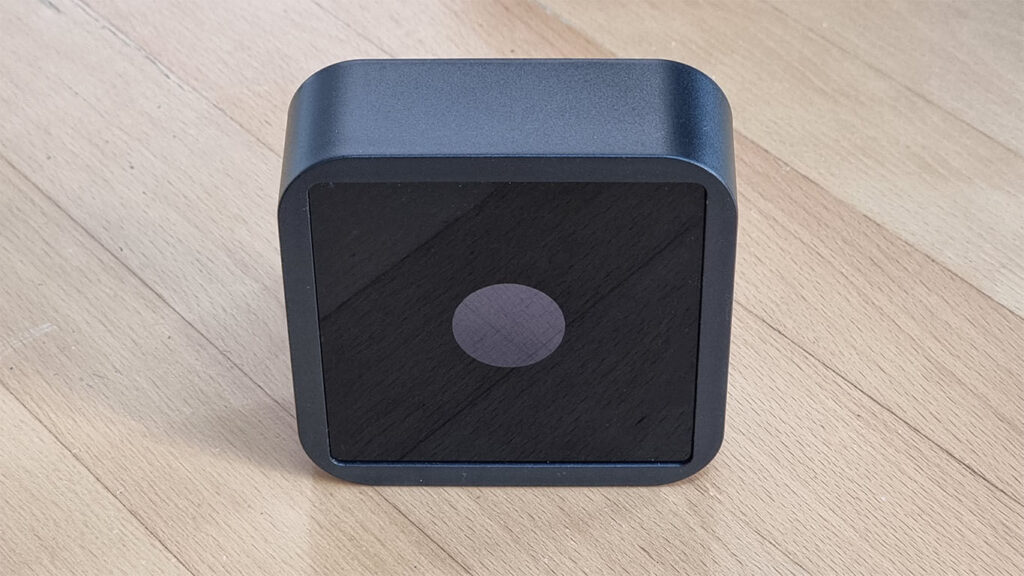
On the side, a Micro USB connector is used to power the device. The main shell is meshed, but its not clear why. These kind of devices do not generate heat. It feels like this case is being reused for something else by Tuya, maybe a ZigBee/BLE gateway.
The device feels light, bulky and empty at the same time. Why did they make it this large?
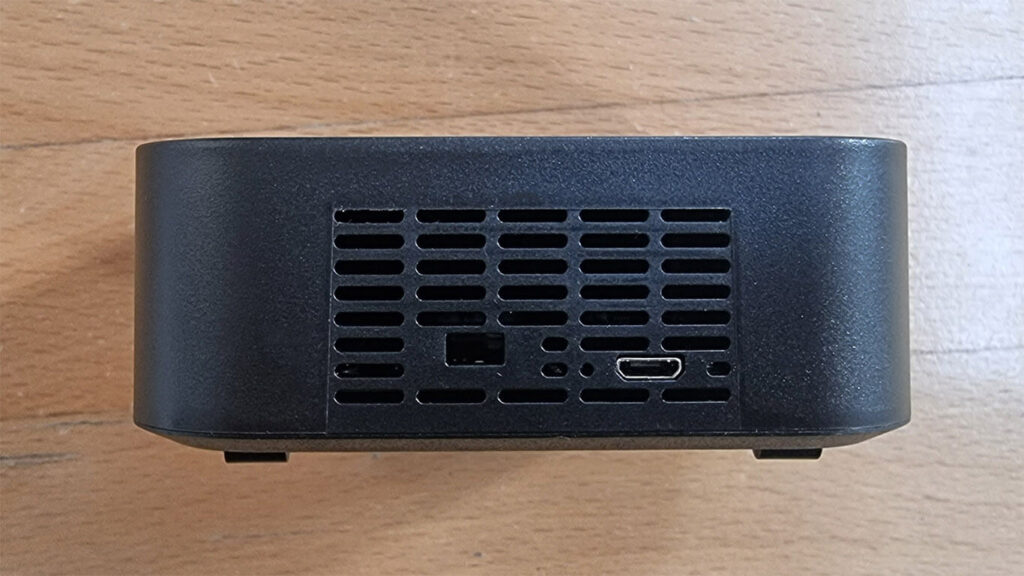
Once we open the main case, the main PCB is revealed consisting of two parts: A main PCB, containing the ZigBee communications module and a separate PCB containing the mmWave sensor.
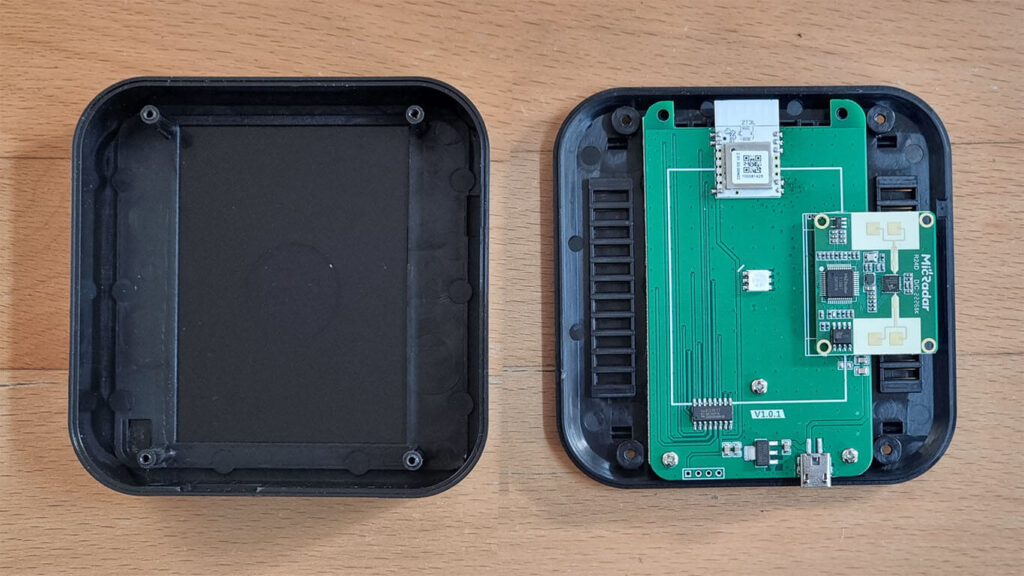
The mmWave sensor is model R24D, made by company MicRadar, which is subsidiary of Iotrda Technology Co Ltd, a company from Shenzhen, China. This company specializes in radar products and solutions for the Internet of Things (IoT). The sensor itself, is described as:
- 24GHz millimeter wave radar sensor;
- Antenna beam width: horizontal 90°/vertical 60°;
- Maximum distance of motion perception: ≤13m;
- Maximum distance of slight motion perception: ≤5m;
- Maximum distance of human perception: ≤3m;
- Detection Motion ON: within 0.5 seconds;
- Detection Motion OFF: more than 1 minute;
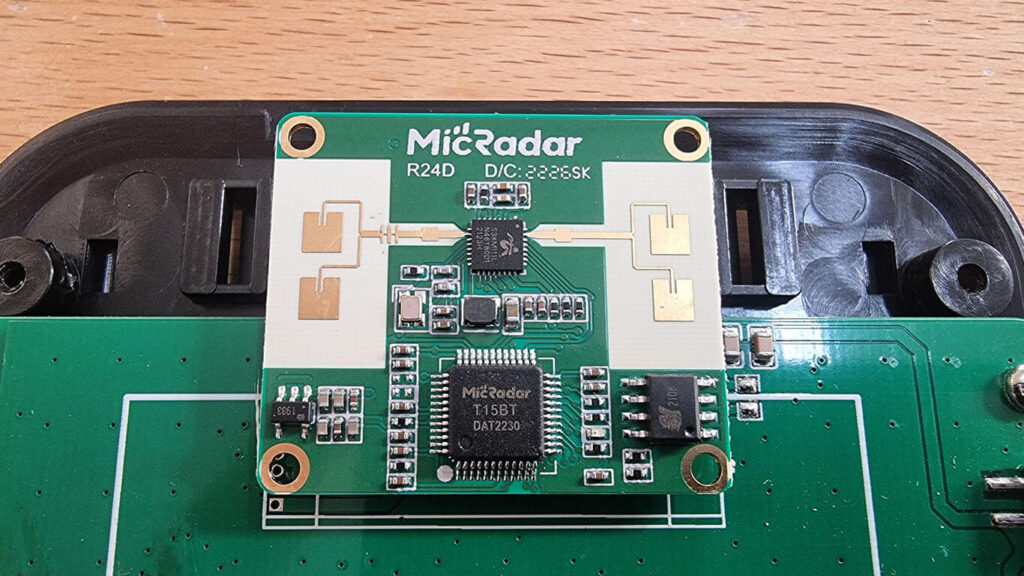
The ZigBee communications module is model ZT3L, one of many ZigBee chips developed by Tuya. ZT3L is embedded with a low-power 32-bit CPU, 1024-KB flash memory, 64-KB RAM, and rich peripherals.
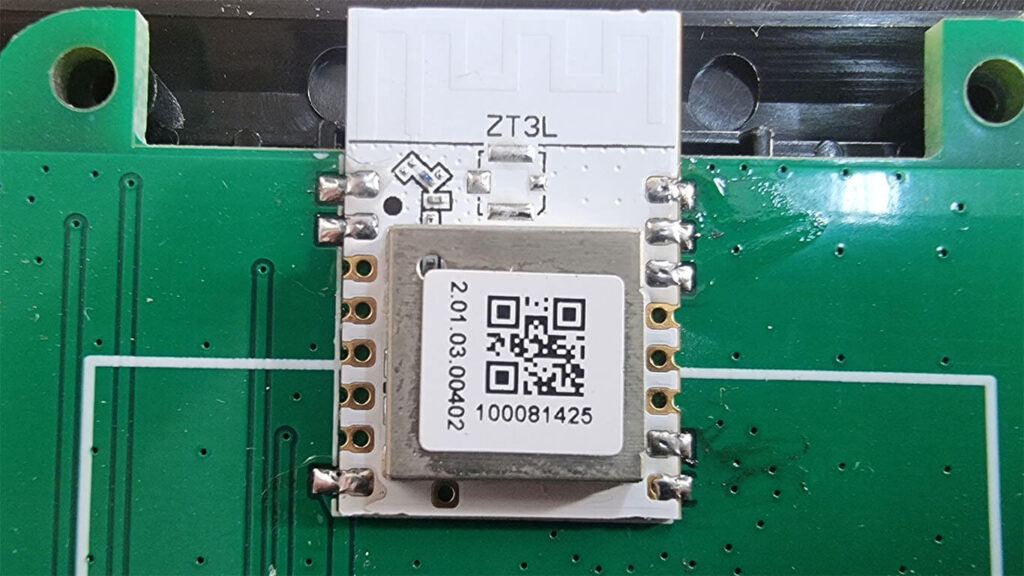
The middle of the PCB contains a red glowing LED, which is used as a presence indicator. Whenever it clears motion, it changes its color to green. Good thing is, a switch entity is exposed for toggling this LED in Home Assistant as it can be annoying.
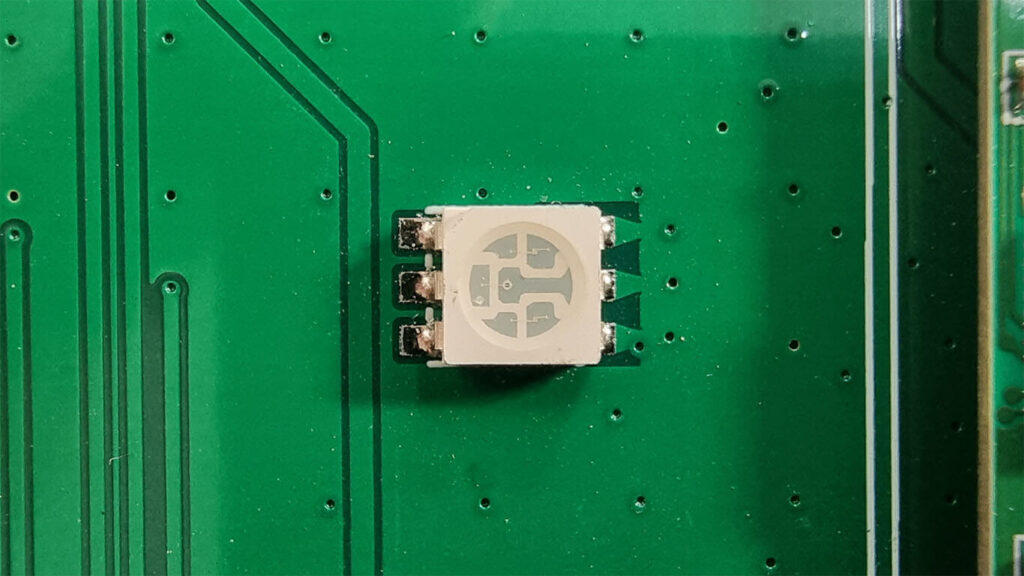
The back of the PCB, contains only the pairing button and nothing else. It’s a very simple device.
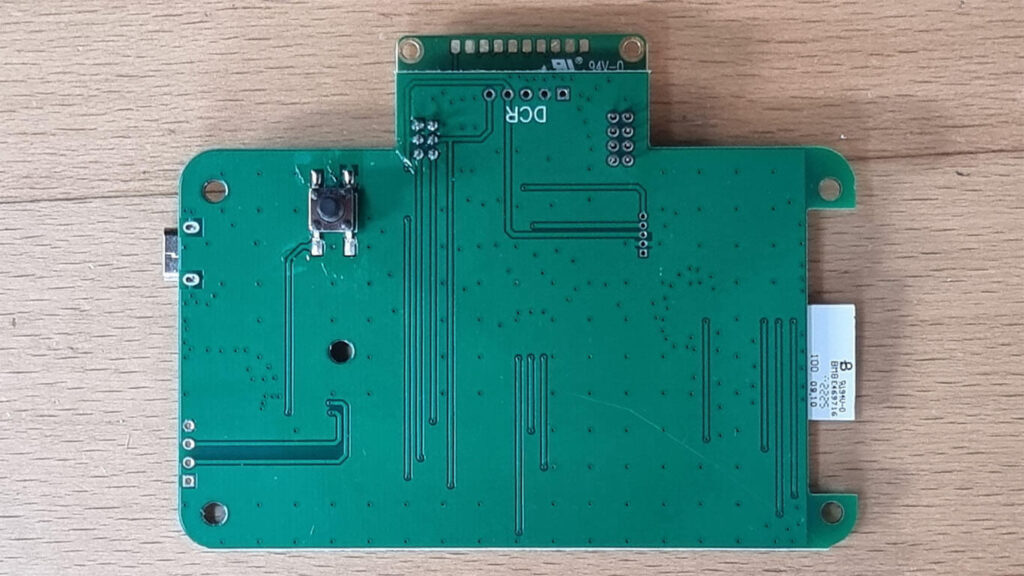
Integration Compatibility
As of the writing of this review, the Tuya PS-HPS Human Presence Sensor is only compatible with ZigBee2MQTT. To pair the PS-HPS, press and hold the pairing button for ~5sec until the LED starts blinking rapidly, indicating its ready to be added to your network.
Once added, the sensor is identified as ZigBee model TS0601_human_presence_sensor and manufacturer _TZE200_0u3bj3rc or _TZE200_v6ossqfy. It’s also a router, so it is capable of extending your ZigBee mesh network.
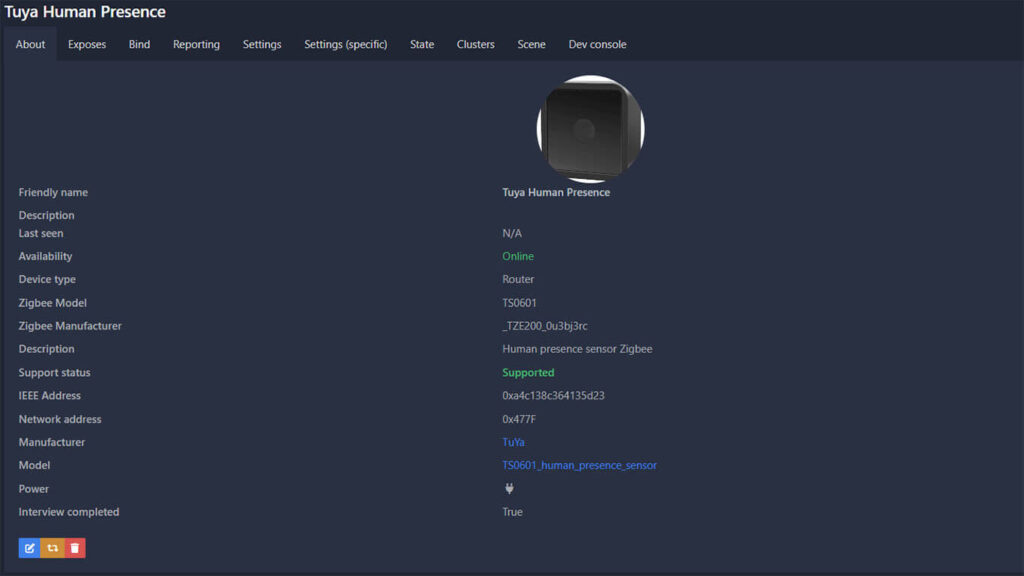
It exposes the following entities to Home Assistant:
- binary_sensor: Human Presence Detected On/True, Off/False
- sensor:
- duration_of_attendance: How long was the room occupied in minutes
- duration_of_absence: How long was the room clear in minutes
- switch: Toggle the onboard LED On/Off
- linkquality: Signal Quality in LQI
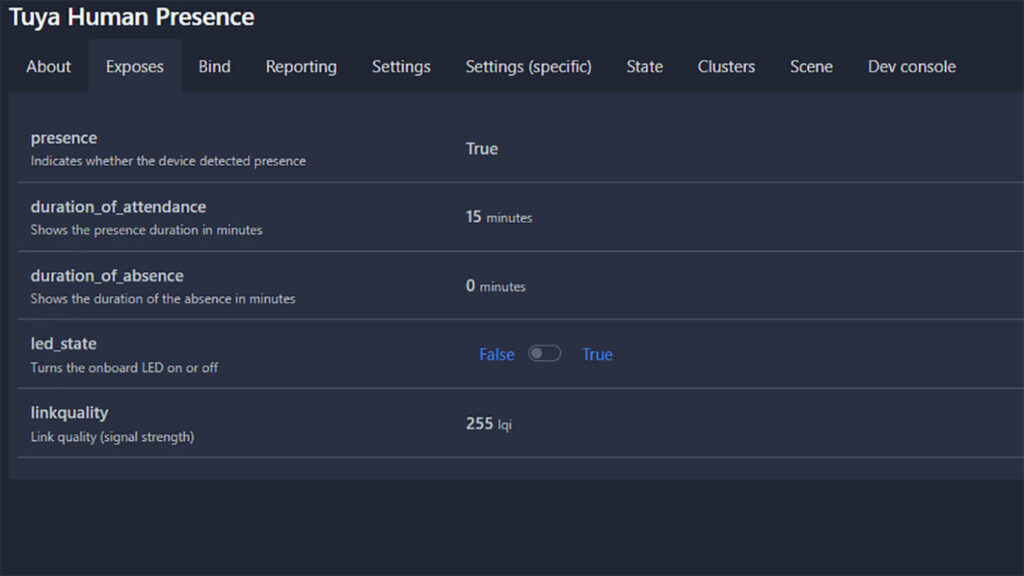
Tuya PS-HPS vs Aqara FP1
In continuation, we are going to compare a few key characteristics of the Tuya PS-HPS to the Aqara FP1 Human Presence Sensor. The Aqara FP1 is our standard to which we will benchmark upcoming mmWave sensors, because its a high quality device that utilizes human presence properly.
Size and Shape
Compared to the Aqara FP1, the Tuya PS-HPS looks MASSIVE. That’s because IT IS massive! You can comfortably serve a five course meal on that panel and still have some real estate left. Who decided they needed this giant case is beyond me. Was it a conscious design decision? Is this case reused for something else by Tuya, like a gateway? Someone knows, and its not us at smarthomescene.com.
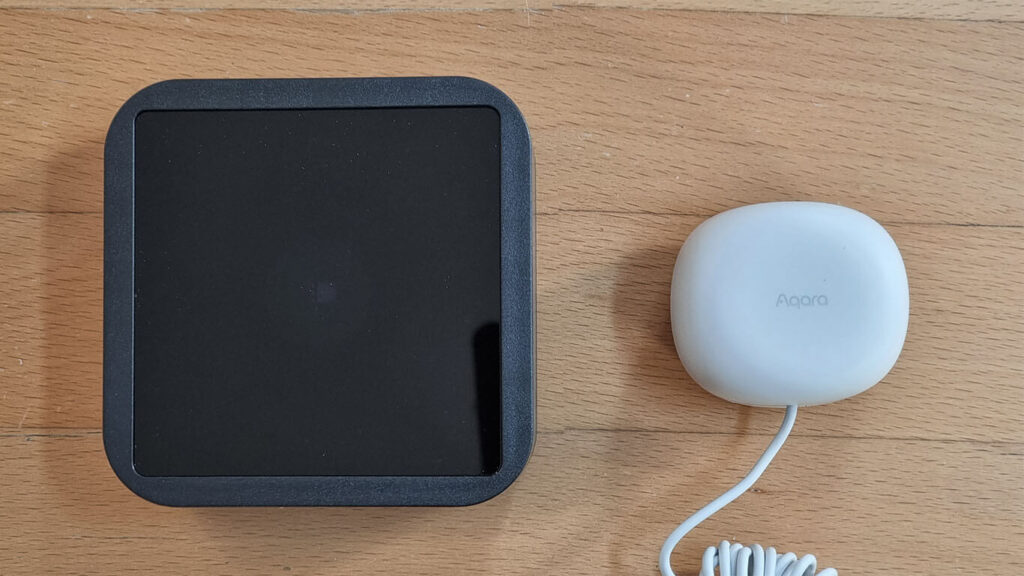
Inside the case, I can fit the Aqara FP1 completely, maybe even two with proper cable management. If this was an Air Quality sensor for example, this size would be acceptable, considering those need air flow for correct readings. But for an mmWave presence sensor, this is a complete waste of space. On the upside, you could use it to hide some valuables, like money or that ring that your grandma left you. No one would know.
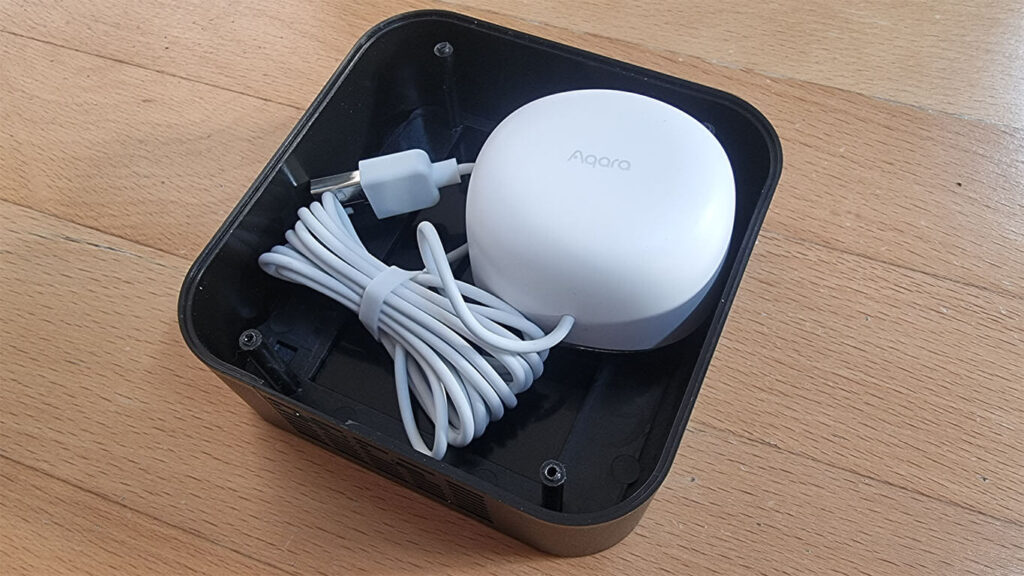
24Ghz vs 60Ghz Radar Sensor
Speaking in general terms, there are some key differences between the two frequency bands of radar sensors. The 24GHz holds some advantages in industrial applications, like range and detection through obstacles, but for a Smart Home environment the 60GHz sensor is more suitable. Take a look at the following chart made by Infineon, the company that made the 60GHz sensor for the Aqara FP1:
In theory, the 24GHz sensor can detect moving objects up to 100m in its vicinity, while the 60GHz has a limited range of only 10m. It’s important to note, these are general hardware capabilities, and NOT an actual implementation of such sensors in IoT devices, such as the Tuya PS-HPS sensor. Meaning, no way the Tuya detects human presence up to 100m in front of it.
Perhaps the most important and crucial characteristic in a smart home implementation is the range resolution. This is a factor which determines the capable sensitivity of the sensor in distinguishing between separate objects. This is why the Aqara FP1 (which is a 60GHz mmWave sensor) is capable of utilizing separate regions (zones), point of entry (left, right), and presence events (enter, leave). This is MUCH more useful for Home Automation.
Exposed Entities
Both of these sensor expose a couple of entities in Home Assistant. Some are useful in automations, others are useful for fine tuning the sensor operation. Summarized in a simple table:
| Entity | Tuya PS-HPS | Aqara Fp1 |
|---|---|---|
| binary_sensor: Motion detected | 4-5 seconds | 4-5 seconds |
| binary_sensor: Motion cleared | ~ 1 minute | ~ 10 seconds |
| sensor.duration_of_presence: Duration of Presence in min | 0-60min | N/A |
| sensor.duration_of_absence: Duration of Absence in min | 0-60min | N/A |
| switch.led_state: Turn On/Off LED | Yes | No (no LED) |
| sensor.presence_event: Presence Event | N/A | enter, leave, left_enter, right_leave, right_enter, left_leave, approach, away |
| select.approach_distance: Approach Distance | N/A | Near, Medium, Far |
| select.monitoring_mode: Monitoring Mode | N/A | Undirected, Left/Right |
| select.motion_sensitivity: Motion Sensitivity | N/A | Low, Medium, High |
| select.reset_no_presence: Reset Presence Status | N/A | Yes |
As we can see, the Aqara FP1 is a much more versatile human presence sensor. Much of its main variables can be customized to properly utilize the device. mmWave sensors are very sensitive, so fine tuning will always be needed. The Tuya PS-HPS does not expose any entities for fine tuning these settings.
They detect motion roughly within the same time frame or 4-5 seconds, but the Aqara FP1 clears motion somewhere around 10 seconds, while the Tuya takes around 1 minute.
The duration of presence and absence of the Tuya PS-HPS are a nice touch, BUT they cap at 60minutes. This is very limiting and useless. You can create a template sensor using the history stats integration to obtain the same stats for the Aqara FP1 sensor.
Positioning
Correctly positioning this device can be a bit tricky. The Tuya PS-HPS has no rotating swivel like the Aqara FP1 or a sticker for easily mounting the sensor. Instead, it relies on a small hole in the middle of the back case to be hooked on a screw or nail. This can severely limit its viewing angle, because tilting the device is nearly impossible and you would have to get creative.
Another way to mount it, is to not mount it at all! Just place it on a bookshelf or something and it will stay there, considering it has a huge shell case.
You will have to experiment a little, in order to optimally position this mmWave sensor.
Testing
Considering an mmWave sensor is very sensitive, false positives and false negatives are a concern when automating your home with these devices. Meaning, they can falsely inherit a state of “on” when no one is around and vice versa.
This problem is present in both sensors, and as mentioned earlier, constant trial and error will be required for optimum results. Because a false positive is the more common of the two, a solution to the problem, is to only use the mmWave sensor for “keeping the lights on while someone is in the room” and trigger them on with a standard PIR motion sensor. We go into detail on this in the Aqara FP1 Sensor review.
To test the sensitivity and range of the two mmWave devices, we positioned them next to each other and documented the results for a day in Home Assistant. We examined the history chart by using the awesome History Explorer Card by dev alexarch21.
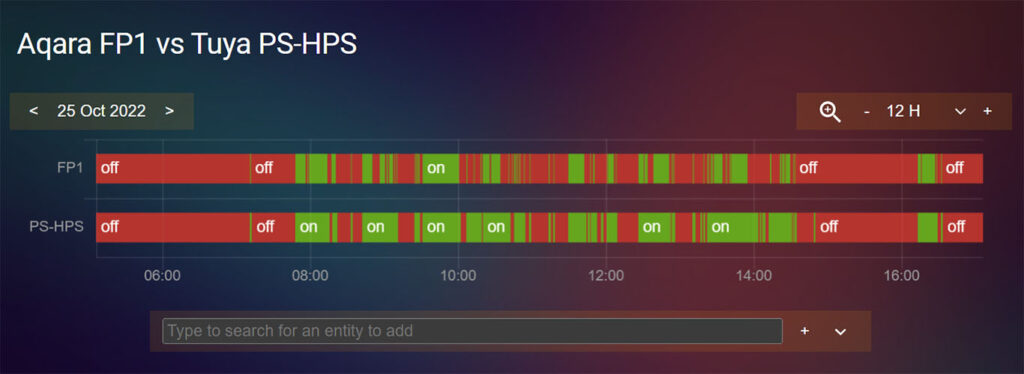
At first glance, the chart looks more or less the same. Off and On states of both sensors seem to match in the select time frame. But one major design attribute offsets the values of the Tuya PS-HPS sensor.
The Aqara FP1 has a cooldown of ~10 seconds before motion is cleared for the binary sensor, while the Tuya PS-HPS has a whopping delay or around 1 minute. This causes more false positives, and the chart is falsely flooded with “on” states. In that 1 minute, I can enter the room a couple of times (for example, If I’ve forgotten something) and the Aqara will detect each event as separate human presence, while the Tuya will result with one continuous human presence. Whether or not this is a problem, depends on how you plan on developing your automations, but its something to be aware of.
As far as detection goes, they both detect human presence fairly accurately and in about 4-5 seconds. The Tuya PS-HPSs’ sensitivity is a bit weaker, and at a range of about 3 meters it cleared motion a couple of times with someone being in the room watching TV. The Aqara FP1 did not report this kind of false negative.
The Tuya has a reported detection angle of 90°, while the Aqara claims 120°. In our tests, this did not translate exactly like declared and both detected motion at a similar angle.
Verdict
So, should you get the Tuya PS-HPS Human Presence Sensor? Well, considering its two times cheaper than the Aqara FP1, you should at least consider it for specific scenarios. If you want to detect continuous motion in a room that is not very large, the PS-HPS will do fine. Anything above 3 meters (10 feet) and false negatives will start to appear.
Another point to remember is the motion cleared cooldown of the device. It takes around a full minute for the sensor to sets its state to “off” (clear), so you should develop your automations accordingly.
As far as connectivity goes, the Tuya PS-HPS was pretty stable and did not fall off the network (10 routers, Conbee II, ZigBee2MQTT). This device has an edge over the Aqara FP1 considering it’s also a router that can extend your ZigBee mesh network. Further, it doesn’t require a specific ZigBee channel to operate, unlike the Aqara, which does not work on channels 21-24. There is also a Wi-Fi version available, but we suggest staying away from it as it is Tuya cloud dependent.
All things considered, we regard the Aqara FP1 Human Presence Sensor the superior device between the two. Its much more versatile and can be fine-tuned easily in Home Assistant. The Tuya PS-HPS is much more limited and constrained, both in mounting capability and variable configuration. The 60GHz sensor in the Aqara FP1 is also superior to the 24GHz sensor in the Tuya PS-HPS, offering higher range resolution with separate regions, point of entry and presence events.
If you decide to order one for your smart home, consider using one of our affiliate links bellow to help us keep this blog running.
![]()
AliExpress | AliExpress | AliExpress | AliExpress![]()
Amazon.com | Amazon.co.uk | Amazon.de
Amazon.ca | Amazon.nl | Amazon.es
Amazon.it | Amazon.fr
*If links fail to open, try disabling your AdBlocker.
UPDATE: We’ve made a detailed head-to-head comparison of the top three mmWave presence sensors available currently on the market: Aqara FP1, Tuya ZY-M100 and Tuya PS-HPS. Read the full article.
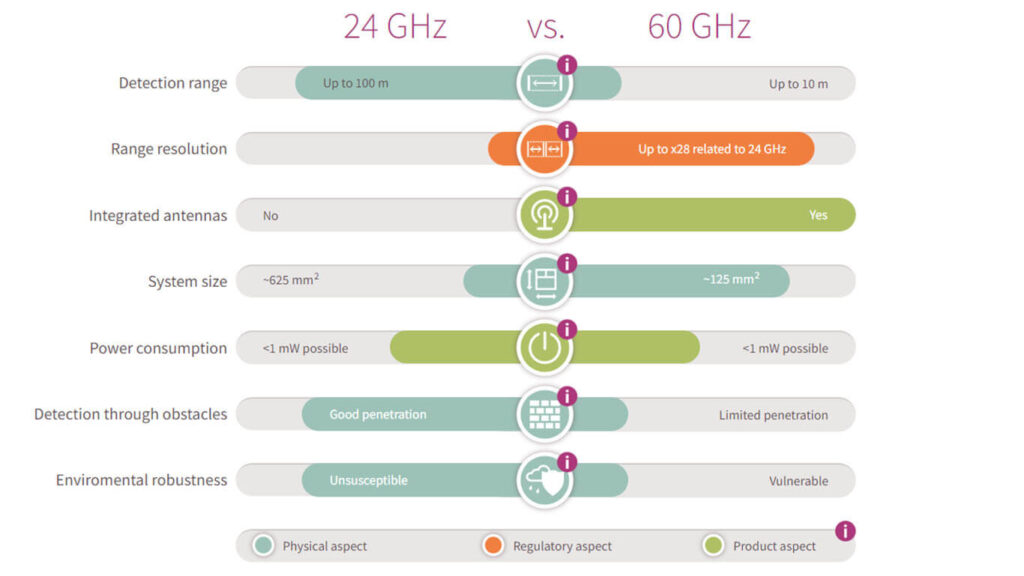
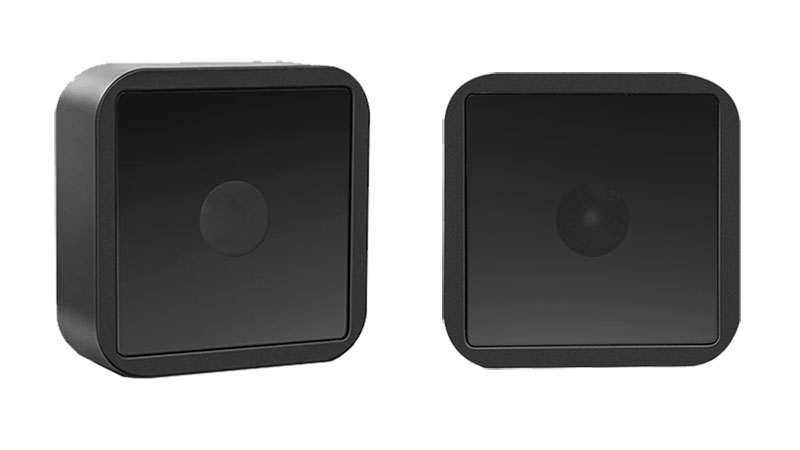
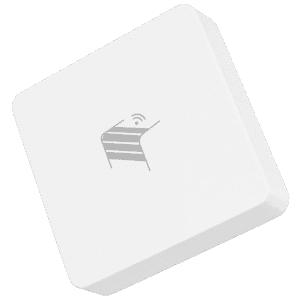
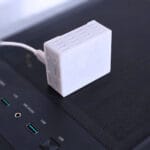
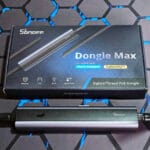

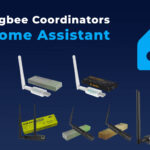



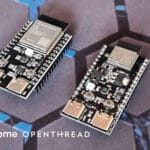

Excellent article and thank you for the knowledge sharing!
You are welcome friend!
Happy holidays!